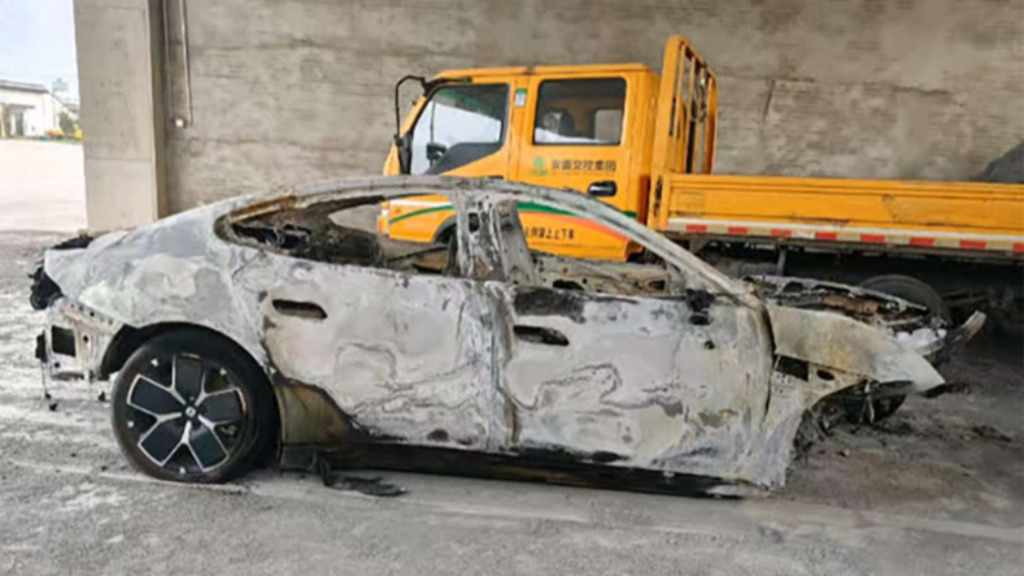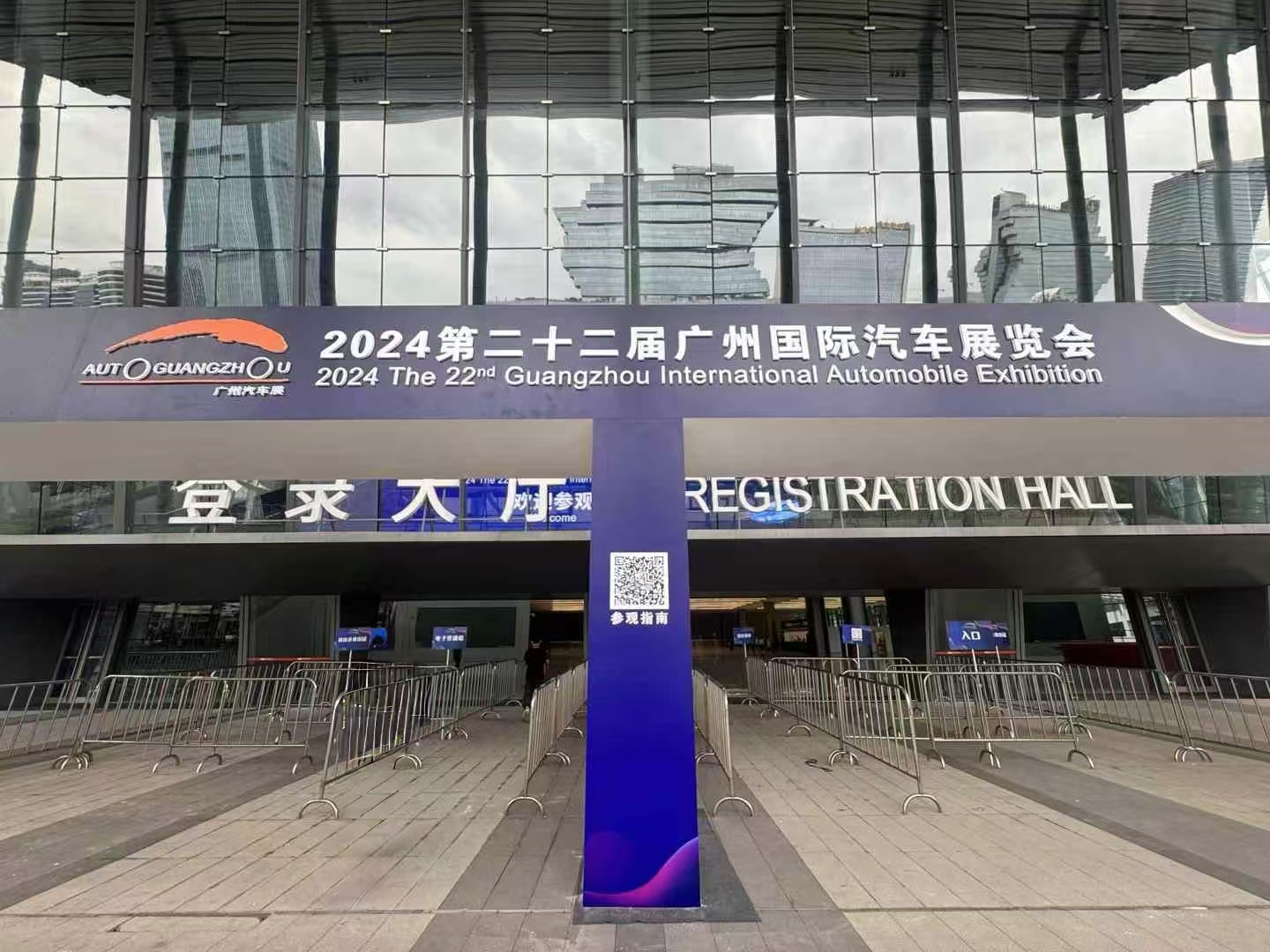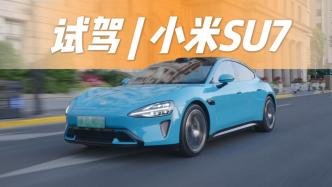
On the evening of March 29, 2025, a Xiaomi SU7 carrying three female college students collided and exploded on the Deshang Expressway in Anhui Province, and the three people were unfortunately killed.
This major accident has triggered public questioning of intelligent driving technology and also exposed the "butterfly effect" between technology, design, marketing and user behavior in the modern automotive industry - when multiple seemingly small risk points are intertwined, tragedy may go from accidental to inevitable.

Currently, the responsibility for intelligent driving accidents is borne by the driver
According to Xiaomi's official data, before the accident, the vehicle was in NOA intelligent assisted driving mode, cruising at 116km/h. After detecting the construction obstacle ahead, the system issued a takeover prompt. The driver took over within 1 second and tried to steer and brake, but only 2 seconds later, the vehicle still crashed into the concrete guardrail at 97km/h. The extreme urgency of this time window highlights the misalignment between the intelligent driving system and human reaction speed: even if the system has issued an early warning according to the program, the driver's physical limit from "disengaging" to effectively controlling the vehicle may not be enough to avoid a high-speed collision. The Xiaomi SU7 user manual clearly states that "intelligent driving cannot replace human judgment, and the driver shall bear the responsibility for the accident", but this clear division of responsibilities at the legal level may be diluted in the actual application of technology due to excessive trust by users.
The “last centimeter” of the escape route
Another detail in the accident is whether the car door could not be opened after the collision. Xiaomi emphasized that the car is equipped with a mechanical emergency handle and "can be opened even if the battery is damaged", but from the pictures of the wreckage after the car body burned, the door did not open. This is not unrelated to the semi-hidden door handle design used in the vehicle.
Similar cases where similar designs have led to rescue difficulties have exposed the conflict between the "sense of technology" and the intuitive operation in emergency situations. What is more worthy of reflection is that even if the mechanical structure is theoretically available, the deformation of the vehicle caused by a severe impact, the panic of the passengers, and the unfamiliarity of external rescuers with the new door structure may make the "last centimeter" escape route ineffective.
There are also technical trade-offs behind security
The standard version of the Xiaomi SU7 involved in the accident received a five-star safety certification in the China Automotive Test, with an occupant protection score of 94.31%. The information disclosed so far is that the lithium iron phosphate battery installed in the accident vehicle did not use the "cell inversion technology" of the pro version, which could have released energy downward to protect the passenger compartment in extreme cases. This version difference reveals a reality that the grading of safety configurations may expose the vulnerability of basic models in extreme scenarios. When consumers pay for appearance and cost-effectiveness, it is often difficult to see through these hidden technical trade-offs.
Broken chain of trust and reflection
Lei Jun did not respond until 22:19 on April 1, nearly two days after the accident, which was somewhat inconsistent with his "people-friendly" image. At the same time, when car companies use intelligent driving as the main selling point in marketing, can user education keep up with the speed of technological iteration? As the victim's mother said, she had repeatedly warned her daughter "not to blindly believe in intelligent driving", but she could not resist the trust of young people in the convenience of technology.
This accident was not caused by a single factor. From the time difference between intelligent driving and human driving, the hidden dangers in the door design, the battery safety classification, to the user's cognitive bias and the company's response mechanism, the "low-probability" defects in each link together constitute a high-probability event. It reminds us that the evolution of automobile safety is not an arms race of technical parameters, but requires putting "people" at the core of the system.
Whether it is the redundant design of car companies for extreme scenarios or the rational cognition of society on the risks of new technologies, they all need to find a more solid fulcrum on the scale of "convenience" and "safety". After all, when the bright future promised by technology meets the fragile reality of individual life, any tiny probability should not be taken as a bet. For drivers, safety needs to be firmly in their own hands before the technology matures.


